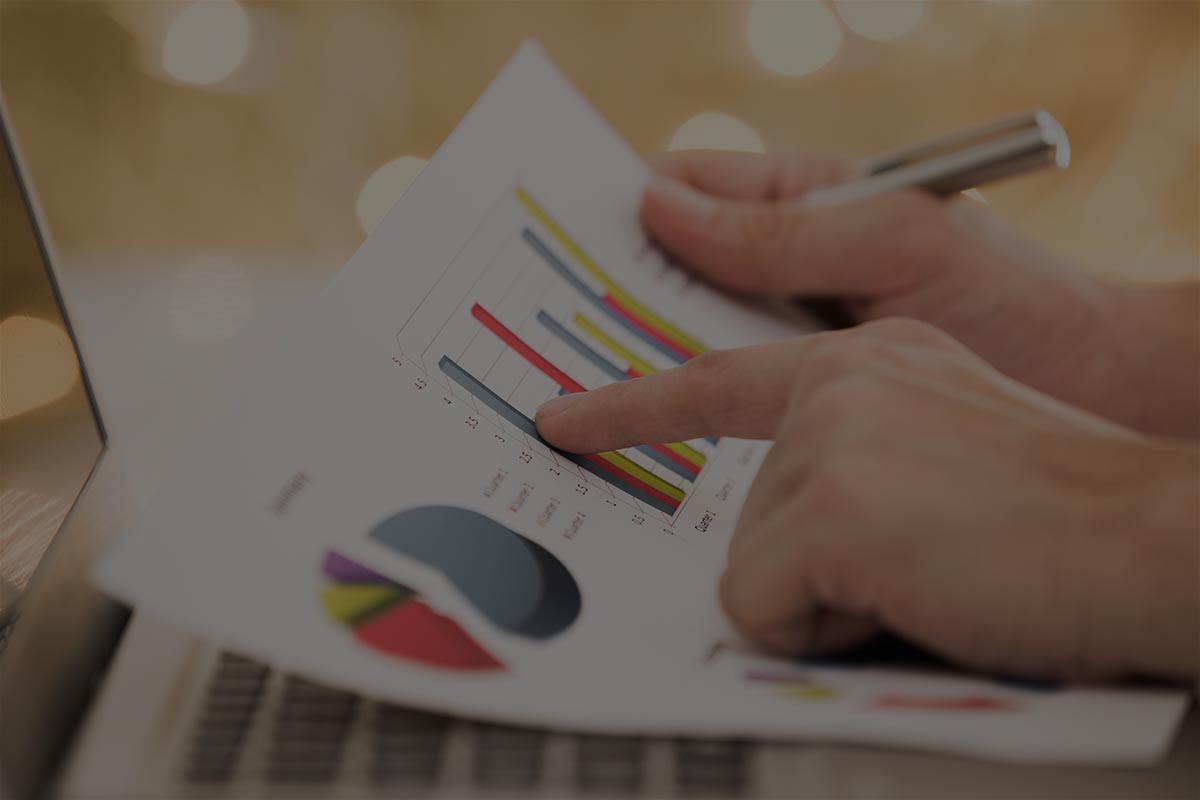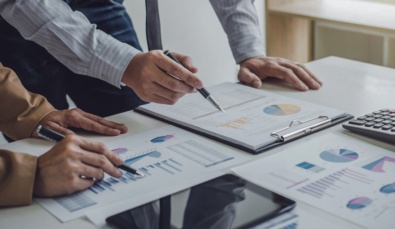If you are considering selling your business, either now or in the future, it’s important that you understand how to value a business for sale.
The challenge for many small business owners is that emotions often play a big part in their assessment. And that’s often for good reason: a passion for whatever it is that the business makes or does, a commitment to the industry sector, or a happy way of working.
But business owners can sometimes allow their emotional investment in the organisation to cloud their financial judgement.
It’s a useful exercise to weigh up your business as just another investment that needs to make a return on capital. After all, if capital wasn’t in your business it could be invested elsewhere.
So just how to value a business for sale based on rate of return on capital?
Known as the Capital Asset Pricing Model, you begin with determining a ‘risk-free rate’.
Generally you take a 10-year government bond rate (currently about 3.5 per cent) as a surrogate for a risk-free rate.
So, if you’d say your business is more risky than a risk-free rate, you’d need to achieve a rate of return higher than 3.5 per cent.
Then, if you were to invest in a broad portfolio of publicly-traded blue chip stocks, you could expect a return of between 6-8 per cent above the risk-free rate, which would be about 10-10.5 per cent (assuming a risk-free rate of 3.5 per cent and an average portfolio return of 7 per cent).
The rate of return of an owner of one business in one industry in one city, that’s not publicly traded, should be significantly higher than that so you’ll need to calculate how much more risky your business is compared with a broad portfolio of blue chip stocks.
While there are endless measurements and calculations that can be made when looking at how to value a business for sale, it’s not necessary to get “too pedantic”.
Pick a figure that’s the appropriate benchmark for your business. Let’s say it’s 20 per cent. So if you’re actually getting 2 per cent, you know you’ve got some serious work to do to improve the value of your business.
Why is this a better measurement of my business performance?
Most business owners can tell you the dollar profit they’ve made. Often they’ll say: ‘That’s a 10 per cent return’, and when you quiz them further and ask 10 per cent on what? They’ll say, ‘On my sales’.
So they might have had sales of $10 million at a profit of $1 million but that’s just one part of the equation – the profit and loss – not the balance sheet.
Every business is fundamentally the same. It’s a pot of money made up of equity funding (your own money you’ve invested) and debt funding (money you have borrowed from the bank, bank overdraft, lease equipment etc).
Then you give your customers credit terms (accounts receivable/debtors), you invariably have stock you invest that money in (you’ll get credit terms from your suppliers, so you’ve got to take off creditors); you may have some plant and equipment that you need; and you may have bought some goodwill. That’s your pot of money.
So when looking at how to value a business for sale, what you need to be measuring your profit against is that pot of money, not your sales. You don’t say I made $1 million in profit and $10 million in sales therefore it’s 10 per cent. That’s the wrong thing to look at.
Some of our clients are achieving a return on capital of as much as 90 per cent.
When a business owner understands the concept of the pot of money and they can see that if they reduce the size of their pot – in other words, the amount of capital invested in the business – and keep their profit the same, then the return on their capital goes up.
How do I value my business?
The valuation multitude that someone will pay to purchase your business is dependent on risk i.e. how likely is it that your business will continue to produce the same level of revenue and profit in the years to come. The following comes into play when assessing this risk:
- the industry type associated risk
- dependency on the business owner i.e. are there the systems and processes in place for the business to operate without involvement of the owner
- dependency on a small number of major clients
Generally a prospective buyer will pay between 1.5 and 3 times the return on capital.
What can you do today to increase the value of your business?
The first step is to understand your current return on capital and then to come up with a plan to improve this. The second step is to address any risks in your business that might act as a deterrent to prospective buyers.
MGI South Queensland has a team of experts ready to help you understand how to value a business for sale. Contact our business valuation services team in Brisbane or the Gold Coast for assistance today or download our business valuation guide to get a head start.










